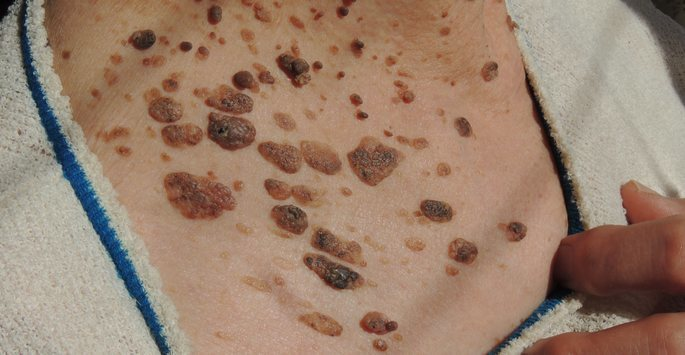Skin Cancer Detection Tustin CA
Skin Cancer Detection and Prevention
Skin Cancer Detection Tustin CA is important for the successful treatment of many skin cancers. The early warning signs of cancer are very distinct and often go unnoticed. It's important to check your skin regularly and pay special attention to it. Also, it's advisable to get your doctor or dermatologist to complete a complete body skin test at least once a year. These are general signs of skin cancer.

When you notice any of these changes, schedule an appointment with your dermatologist. Early detection is important for many skin cancers, and your dermatologist can help you with early detection tests. If you have a mole or growing skin cancer that does not show up on a routine skin cancer detection test, it's important to see your dermatologist as soon as possible. Your doctor will be able to use special tools and tests to detect skin cancer. Often, early detection and screening tests can save your life! One of the most common skin cancers is Melanoma.
It most commonly appears on the hands and fingers, on the toes and heels and around the armpits. Although there are many different types of skin cancer detection tests for melanoma, there is one particular test that you can take that will help detect whether a mole is melanoma or not. This test is called a melanin immunoassay. When you have a mole that is unusual in color, shape, size, or location, you should contact your doctor or dermatologist. In some cases, you may want to have a biopsy or removed from the skin. There are a number of different ways to detect skin cancers. In fact, it can be difficult to detect some skin cancers, especially if they are not causing any pain or discomfort. That's why it is very important to know what to look for and to talk to your doctor or dermatologist as soon as any problems occur.
If you go to a medical professional for skin cancer detection, you can get a skin biopsy. This test can come from the doctor, but most people prefer to have a dermatologist do the test. This is because a dermatologist is experienced in performing these tests, as well as performing a regular skin exam. A melanoma can sometimes be confused with a skin condition such as moles that grow in more sensitive areas, such as the face, ears, or arms. Many people with a family history of skin cancer are also at greater risk. However, it is still possible to develop moles that do not have a family history. This can be attributed to overexposure to sunlight, chemicals, or radiation.
Moles that are raised or flat may be a sign of melanoma. These should be checked by a dermatologist, who can look closely to make sure that they are not just for moles. This is especially true if the raised area is located near a melanoma. If the raised spot is larger than a pencil eraser, it is likely that it is melanoma. If it is a dark spot on the skin, the melanoma may not be noticeable to the naked eye.
The three different types of skin cancer include basal cell carcinomas, squamous cell carcinomas, and melanoma. There are several common types of skin cancer, such as basal cell carcinomas, squamous cell carcinomas, and melanoma. Different types of skin cancer will have different symptoms, such as flat moles, raised moles, or dark spots on the skin. If any of these symptoms are present, you should immediately report them to your dermatologist for a proper diagnosis. These early symptoms can help save your life!

